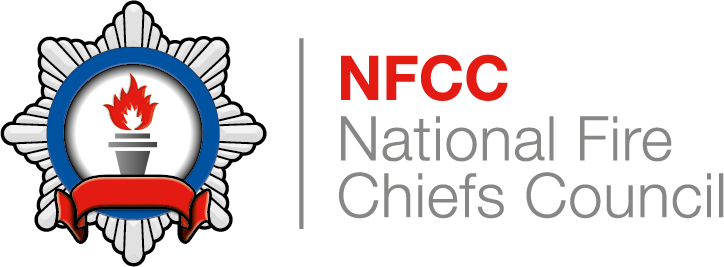Consider training and competence
Control Measure Knowledge
Where local risk assessments identify the need to provide employees with information, instruction and training, fire and rescue services should have systems to ensure acquisition, application and maintenance of this knowledge, skills and understanding. Information should include an awareness of common hazards, potential consequences and control measures to be implemented to minimise the risk of harm to emergency responders and others at operational incidents.
Fire and rescue services should consider the required competence of personnel, supervisors, managers and commanders as part of the risk management process for reasonably foreseeable operational incidents.
Fire and rescue services should consider the training and competence of:
- Personnel
- Supervisors, managers and commanders
- Specialist roles and teams
- Tactical advisers
- Other agencies operating under the safety management of the fire and rescue services
Fire and rescue services should determine if it is necessary to limit exposure of personnel to hazards if training has not been delivered or if competence cannot be demonstrated. This may be by design, for example limiting activities based on risk management planning and providing specialist resources where necessary, or as a result of failing to achieve competence.
Information regarding limits of exposure based on lack of training or competence should be made clear to all personnel and available alternatives, their capabilities, equipment and how to request them communicated. This may include personnel from other agencies; for further information refer to Specialist resources.
Indicating the degree of competence using markings or specialist personal protective equipment (PPE) can make it easier for incident commanders to identify appropriate personnel for certain roles, for example identifying personnel who have recently completed training.
